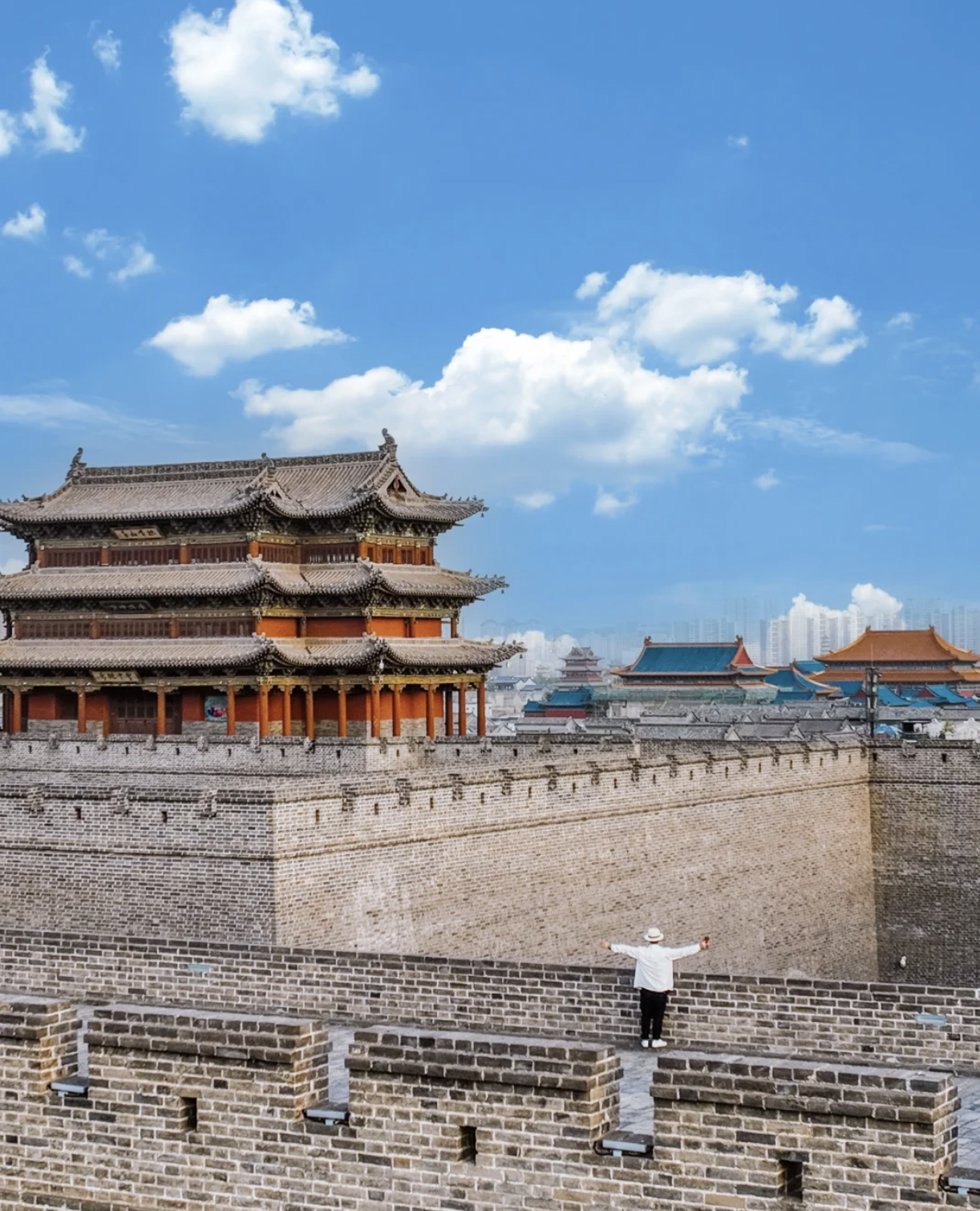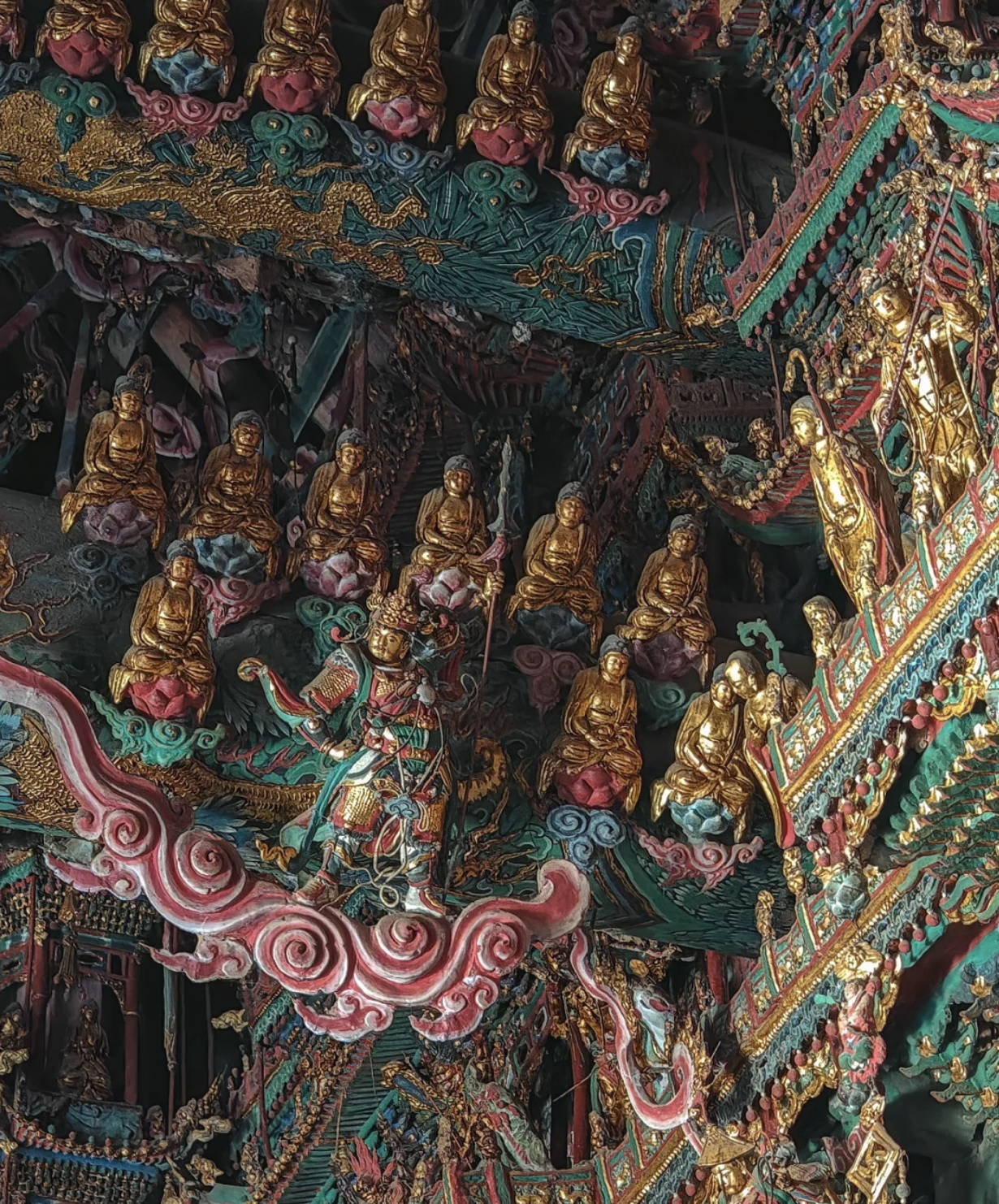Where are we based?
Jinrui Qu - Hangzhou, China
Xiaoyang Song - Sydney, Australia
Where are we based?
Jinrui Qu - Hangzhou, China
Xiaoyang Song - Sydney, Australia

Black Myth WuKong has taken the gaming world by storm with its stunning visuals, epic battles, and a fresh take on the classic Chinese tale, “Journey to the West.” Developed by Game Science, this action RPG isn’t just another game—it’s a visual feast that beautifully blends Chinese mythology with breathtaking landscapes. What makes it even more special is that the game’s world draws heavily from real-life locations across China, with 36 scenic spots captured in the game. And guess what? A whopping 27 of these locations are right in Shanxi Province! This little-known gem of a province isn’t just any backdrop—it’s a treasure trove of ancient architecture and cultural heritage, making it the perfect canvas for the game’s stunning scenes.

So, why did Game Science choose Shanxi Province as their primary source of inspiration? The answer is simple: no other place in China offers the same wealth of historical sites and ancient architecture. Shanxi is the only province in China that has a complete architectural timeline stretching from the Tang Dynasty all the way to the Qing Dynasty. It’s literally like walking through a live-action museum! Shanxi Province boasts the highest number of nationally protected heritage sites in China and is home to over 70% of the country’s well-preserved wooden structures from the Song, Jin, Yuan, Ming, and Qing dynasties. This incredible preservation of history makes Shanxi the perfect playground for a game steeped in myth, magic, and martial arts.

Among the 36 locations featured in “Black Myth WuKong,” Shanxi’s 27 spots shine the brightest. Each of these places brings something special to the game’s world, offering players a taste of China’s ancient heritage and breathtaking landscapes. Let’s take a closer look at the list of these filming locations, along with some of the must-see spots that stand out both in the game and in real life.
One of China’s most famous ancient Buddhist grottoes, the Yungang Grottoes date back to the 5th century and feature over 51,000 stunning statues carved directly into the rock. In the game, these caves add a mystical, almost otherworldly vibe that really sets the tone.

(The photo below Reality vs. Game)
This jaw-dropping temple has been clinging to the cliffs of Mount Hengshan for over 1,500 years. With its precarious wooden beams and breathtaking views, it’s no wonder this site made it into the game. The mix of Buddhist, Taoist, and Confucian elements gives it a unique vibe that’s as beautiful as it is fascinating.

(The photo below Reality vs. Game)
Located in the ancient city of Datong, Huayan Temple is one of the largest and best-preserved Buddhist temples in China. The temple complex includes the Upper and Lower Huayan Halls, showcasing intricate wooden carvings and murals that embody the elegance of Liao and Jin dynasty art. (The photo below Reality vs. Game)


The Datong Ancient City is a well-preserved urban area that dates back over 1,600 years. The city walls, gates, and towers transport visitors back to China’s imperial past, making it an ideal location for a game that draws heavily from historical aesthetics.


This ancient temple complex is known for its exquisite Buddha statues and serene environment. In “Black Myth: WuKong,” it serves as an atmospheric backdrop that complements the game’s spiritual undertones. (The photo below Reality vs. Game)


Originally built during the Northern Song Dynasty, the Jade Emperor Temple was renamed the “Museum of Painted Sculptures and Murals” in September 2021. This site is best known for its collection of statues representing the Twenty-Eight Mansions, featuring a diverse array of figures such as men, women, ghosts, and immortals, each corresponding to their celestial attributes. For instance, stars associated with metal or water are depicted as women, while those associated with fire are portrayed as ghosts or supernatural beings.
The temple’s layout is impressively symmetrical, featuring a three-courtyard design with perfectly balanced east and west wings. Key structures include the Four Saints Hall directly opposite the Three Enclosures Hall, the Rain Master Hall mirroring the Wind God Hall, and the Twelve Zodiac Hall aligned with the Thirteen Planets Hall. This meticulous design not only highlights the temple’s architectural beauty but also reflects the deep cultural and spiritual significance that defines the site, making it a standout location both in the game and in reality.


(The photo below Reality vs. Game)
Wutai Mountain, or “Mount Wutai,” is one of China’s most revered and sacred Buddhist mountains, known as one of the Four Sacred Mountains of Chinese Buddhism alongside Mount Emei, Mount Jiuhua, and Mount Putuo. Located in Xinzhou City, Shanxi Province, Wutai Mountain stands as a beacon of spirituality and cultural heritage, attracting pilgrims, monks, and tourists alike. The mountain’s name, which means “Five Terraces,” refers to its five flat-topped peaks—East, West, South, North, and Central—each symbolizing one of the five wisdoms of Buddhism. Recognized as a UNESCO World Heritage Site, Wutai Mountain is not just a breathtaking natural landscape but also a living testament to China’s rich Buddhist history and traditions.



(The photo above Reality vs. Game)
For fans of “Black Myth WuKong” or anyone looking to dive into China’s rich history, exploring Shanxi is like stepping straight into the game. Here’s a suggested short travel itinerary that captures the magic of the game’s world and brings it to life:
